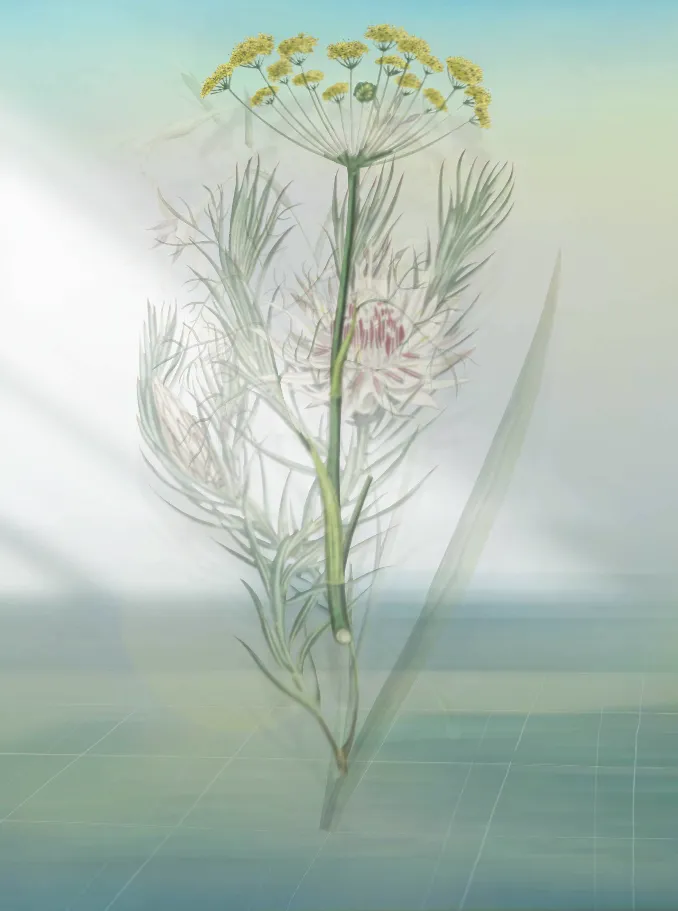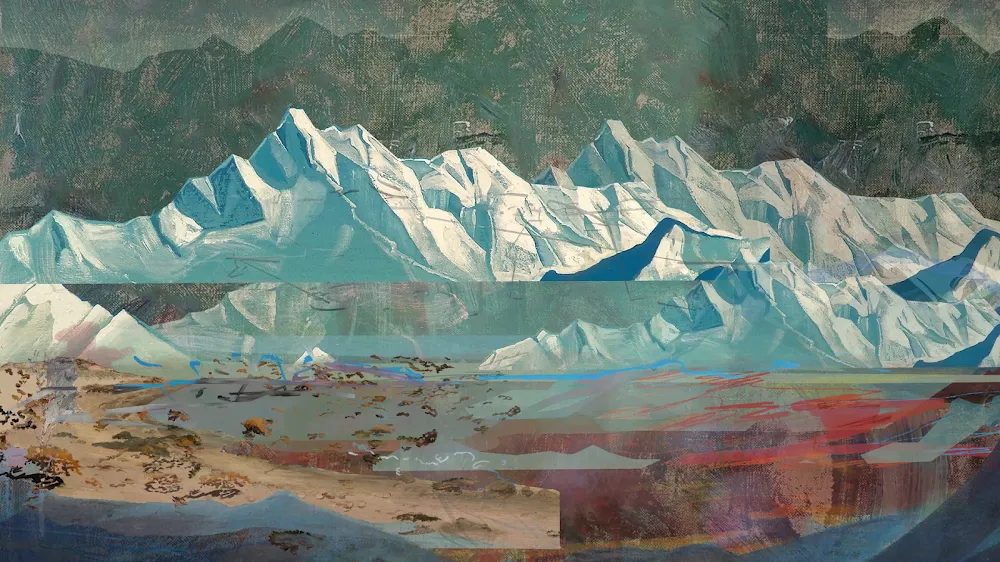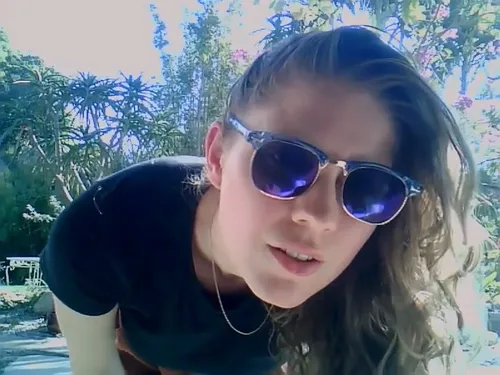Subscribe to get the latest on artists, exhibitions and more.
Digital Practice and Process: Petra Cortright in Conversation with Leyla Fakhr

In this conversation, artist Petra Cortright joins curator Leyla Fakhr to reflect on her digital practice, the evolution of her work across platforms, and the shifting dynamics of visibility, authorship, and identity in contemporary art. Through an open dialogue, they explore the intersections of technology, gender, and aesthetics in Cortright’s approach to image-making—from her early webcam videos to recent large-scale digital paintings. The exchange offers insight into how Cortright navigates the art world while remaining grounded in process, experimentation, and self-awareness.
LF: How are you doing, Petra?
PC: Hi! Good to see you. I’m okay—just packing right now because I’ve got to head to the airport in a couple of hours.
LF: Thanks so much for joining! Remind me again, you’re heading to Switzerland?
PC: No, I’m actually going to Utah—today, I think? Oh my God. I’m speaking at BYU, which I’m really excited about. I love Utah, I’ve always liked the American West. So yeah, just packing now. If you hear rustling, that’s why—but I can stop if it’s too distracting.
LF: Not at all. It’s been so long, and I wanted to catch up with you. You’ve been on a bit of a break, right? Things got pretty rough in California, and I just wanted to check in and see how you’ve been doing. Are you back home now, or still in Santa Barbara? I’m not sure how much you want to share, but I know your husband’s been public about it.





